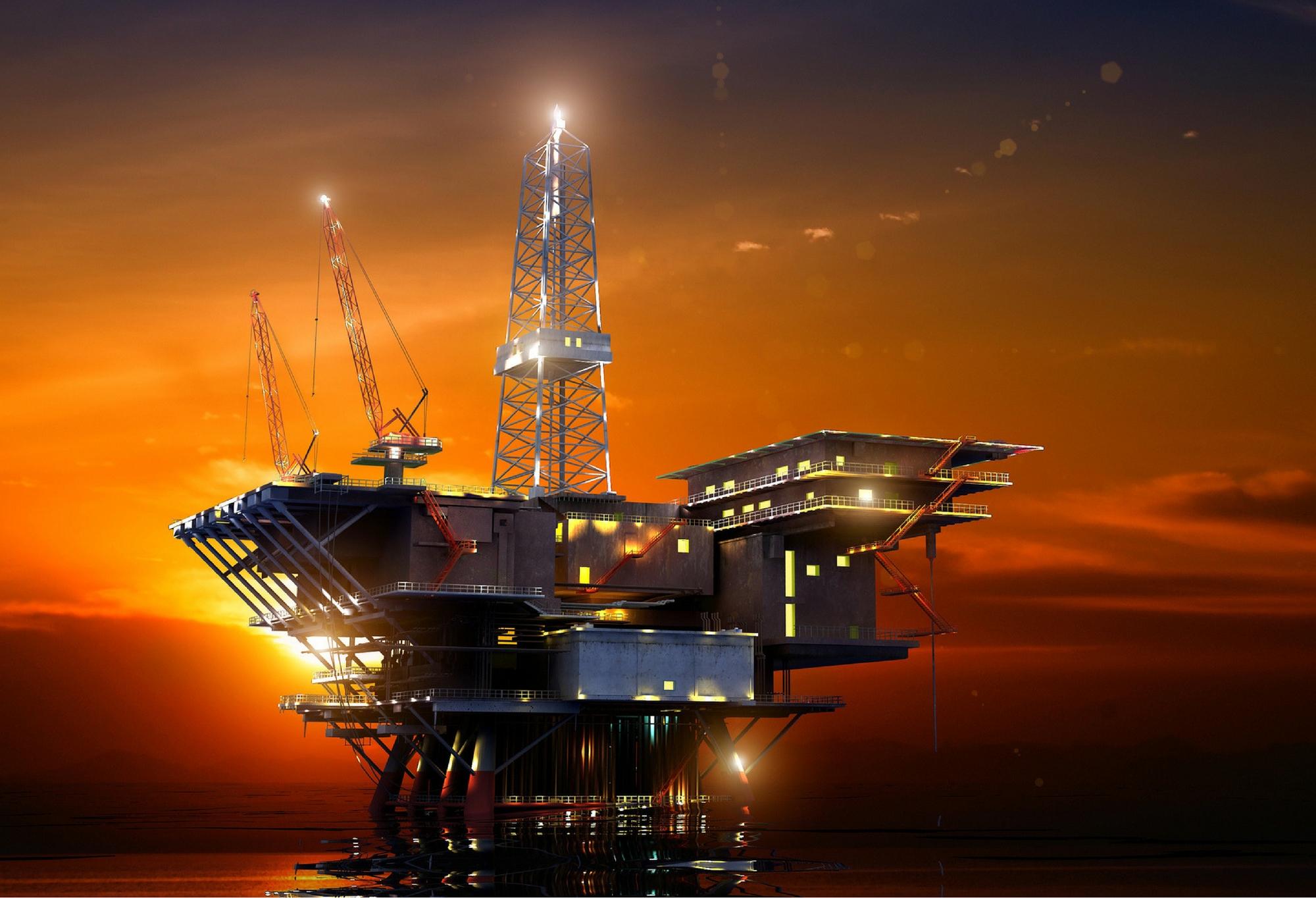Our objective was to study the change in the
prices over a period of 33 years and
forecast the prices for the coming years to
study its implications.
First, MS-Excel was used to
used to explore the Time
Series components and for
their graphical representation. Then,SPSS was used for
developing ARIMA
model and correlogram
and fitting of the model.

The oil and gas industry is the lifeline of our modern global economy. Nations have fought wars, or shaped their military strategy during a war, to conquer oil fields or prevent rivals from controlling the commodity that is the lifeblood of industrial economies and modern militaries. For a developing nation like India, oil is truly the engine that drives the Indian Economy. Over the years, we have seen an manifold increase in the prices of petrol, despite the global price lowering to a great extent. India’s dependence in 2019 has been as high as 84% which is the major cause of increase in the prices of oil.
The data has been obtained from the official website of Indian Oil.A univariate time series consisting of secondary data on oil prices for a period of 33 years. The trend component and cyclic component are dependent on each other as the correlation coefficient between them is non 0, hence we chose the multiplicative Model and not additive model.The observation that the data is non stationary because the mean of data is independent of time where as the variance of data is dependent on time, so we took the logarithm of the price of petrol and transformed it into stationary time series. ARIMA stands for AutoRegressive Integrated Moving Average. We used the above ARIMA model to predict the average price of petrol for the year 2019, 2020 and 2021. In 2019, we predicted petrol price to be 74.61 and actaul price was 74.69 on average.
As of 2019 , our model came out to be our model came out to be 95.7% accurate. We predicted that the price of petrol will further increase by 17%.The price reached an all time high in 2018 due to falling rupee value and rise in price of crude value. As observed in our multiplicative model, we see that there is no cyclic variation in the price of petrol from 1985-2018.